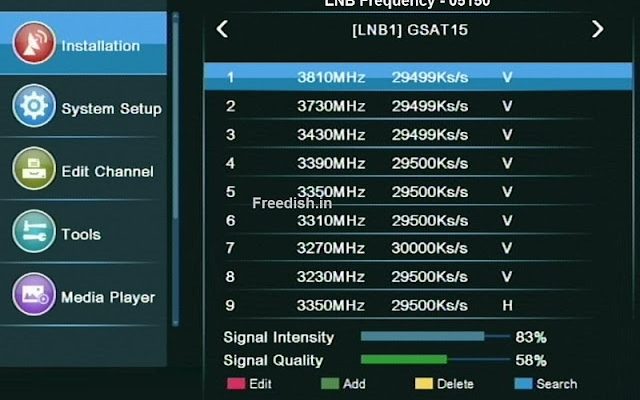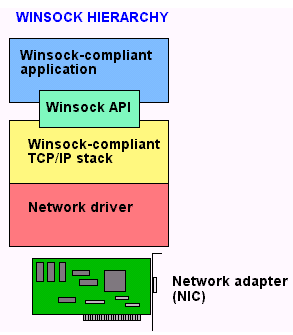How to Create Advanced Firewall Rules in the Windows Firewall

The Windows Firewall is a powerful tool that helps protect your system from unauthorized access and malicious attacks. With the right advanced firewall rules, it can become even more effective in safeguarding your system. In this article, we’ll show you how to create advanced firewall rules in the Windows Firewall.
Step 1: Open the Windows Firewall
To create advanced firewall rules, you’ll first need to open the Windows Firewall. To do this, open the Start menu and search for “Windows Firewall” and select it from the results. This will open the Windows Firewall control panel.
Step 2: Open the Advanced Settings
In the Windows Firewall control panel, click on the “Advanced settings” link on the left-hand side of the screen. This will open the Windows Firewall with Advanced Security console, where you can create advanced firewall rules.
Step 3: Create Advanced Firewall Rules
To create a new rule, click on the “Inbound Rules” or “Outbound Rules” link in the left-hand menu, depending on whether you want to create rules for incoming or outgoing traffic. Then click on the “New rule” button in the right-hand menu.
You’ll now be presented with the New Inbound Rule Wizard or the New Outbound Rule Wizard, depending on which option you chose. Follow the wizard’s steps and provide the necessary details for creating your advanced firewall rule.
Step 4: Define the Traffic You Want to Allow or Block
To create advanced firewall rules, you’ll need to define the traffic you want to allow or block. That can be done by specifying the following:
Protocol Type: Specify the protocol type (TCP or UDP) for the traffic you want to allow or block.
Ports: Specify the ports through which the traffic will flow. You can choose to allow or block traffic on a specific port or range of ports.
Programs: Specify the applications or programs that you want to allow or block their internet access.
IP Addresses: Specify the IP addresses of the computers or devices from which the traffic will originate or to which it will be sent.
Step 5: Apply the Rule
Once you’ve defined the traffic you want to allow or block, you need to apply the rule. In the last step of the New Inbound Rule Wizard or the New Outbound Rule Wizard, select “Allow the connection” or “Block the connection,” depending on what you want to do.
Step 6: Give the Rule a Name and Description
To help you remember what your rule does, give it a descriptive name and description. You can also specify when the rule applies and whether to allow it to apply to authenticated and non-authenticated connections.
Step 7: Save the Rule
Finally, save your advanced firewall rule by clicking the “Finish” button.
Conclusion
Now that you know how to create advanced firewall rules in the Windows Firewall, you can more effectively protect your system from unauthorized access and malicious attacks. Remember, the Windows Firewall is a powerful tool, but it’s only as effective as the rules you create. So take the time to create rules that will keep your system safe and secure.






